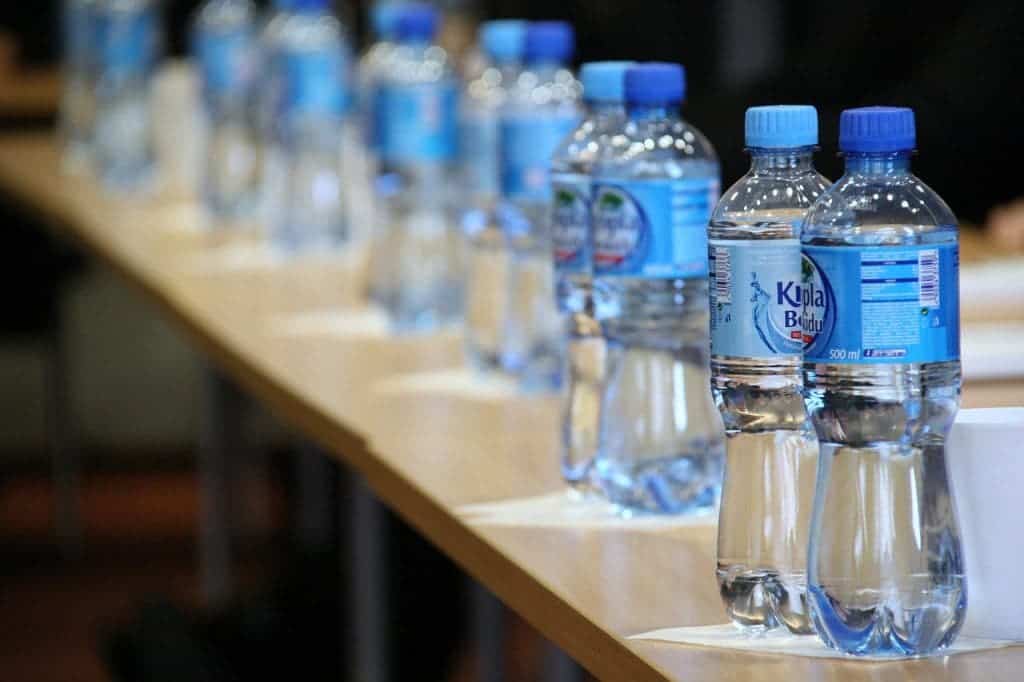Making bottles to meet America’s demand for bottled water uses more than 17 million barrels of oil annually, enough to fuel 1.3 million cars for a year. Instead of petroleum, Stanford researchers have found a creative way to make plastic for bottles sourced from CO2 and inedible plants like waste agriculture or grasses.
Most plastics today are made from polyethylene terephthalate (PET), or polyester more commonly known. Each year about 50 million tons of PET are made to meet growing demand for electronics, food and beverage containers, personal-care products or fabrics.
To make PET, the industry uses , terephthalic acid and ethylene glycol, which are both derived from fossil fuels like petroleum and natural gas. For every ton of PET, four tons of CO2 are released according to Matthew Kanan, an assistant professor of chemistry at Stanford.
Kanan and colleagues investigated an alternative to PET called polyethylene furandicarboxylate (PEF) which can be sourced from biomass instead of petroleum. Moreover, PEF can seal oxygen better which makes it a more attractive material for bottling.
PEF is made from ethylene glycol and a compound called 2-5-Furandicarboxylic acid (FDCA). However, there are two challenges the industry faces with FDCA. For one, scaling the manufacturing process so it makes economic sense has been in vain. Secondly, though sourced from biomass, FDCA might actually be more harmful to the environment depending on where it’s made.
Traditionally, FDCA is made out of fructose sourced from corn syrup. This, however, displaces potentially usable farm land for edible agriculture. It also involves a lot of fertilizer, water and energy to grow. The Stanford researchers have orientated themselves to another feedstock: furfural, a compound made from agricultural waste. Some 400,000 tons are produced every year for use as solvents, resins and other products.
They used a benign and inexpensive compound called carbonate — one of the most widely distributed mineral around the planet and the stuff animals’ shells are made of. Mixing and heating carbonate, CO2 and furoic acid derived from furfural, the Stanford researchers formed a molten salt. Five hours later, 89 percent of the mixture converted to FDCA. Making PEF from FDCA is a straightforward process.
The researchers claim that using plastics made with this process will dramatically lower the carbon footprint of bottled beverages. The CO2 can be sourced from nearby power plants. Emissions are plentiful, as we all know. Products made of PEF can also be recycled or converted back to atmospheric CO2 by incineration. Eventually, that CO2 will be taken up by grass, weeds and other renewable plants, which can then be used to make more PEF.
We believe that our chemistry can unlock the promise of PEF that has yet to be realized,” Kanan said. “This is just the first step. We need to do a lot of work to see if it’s viable at scale and to quantify the carbon footprint.”
Reference: Carbon dioxide utilization via carbonate-promoted C–H carboxylation, nature.com/articles/doi:10.1038/nature17185










